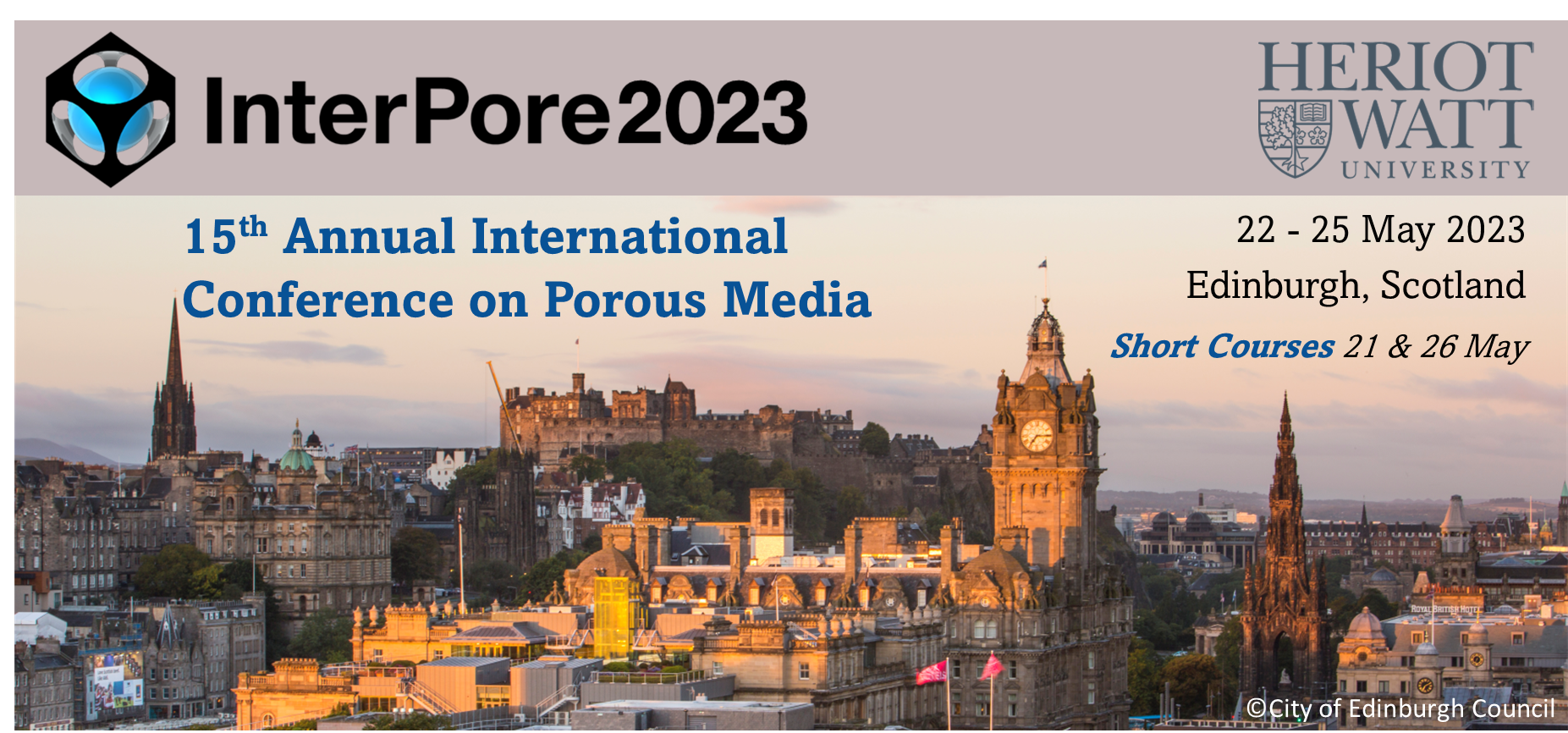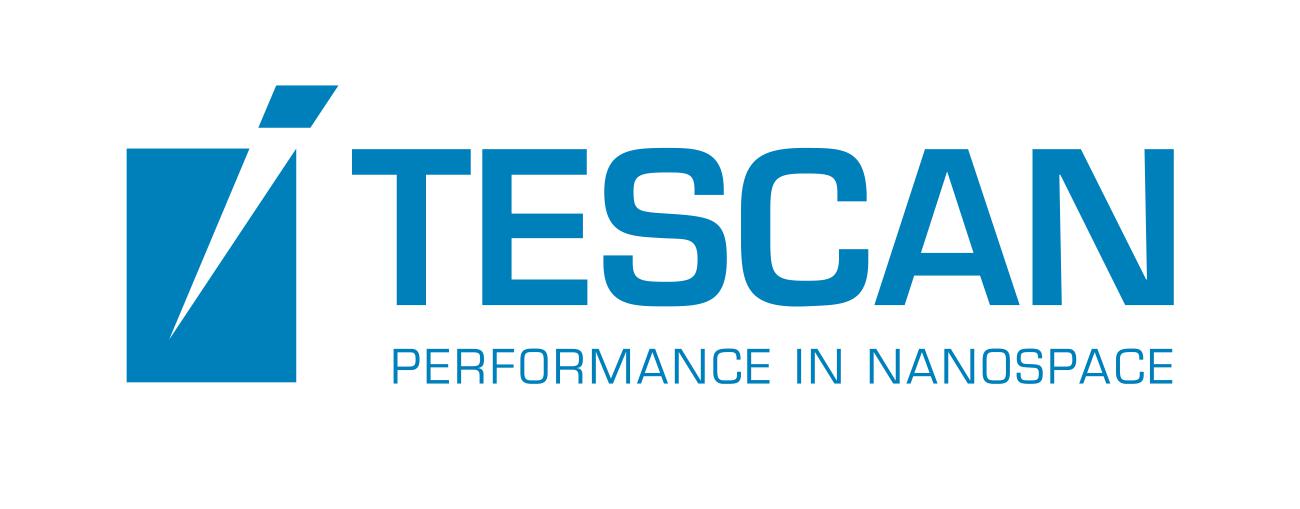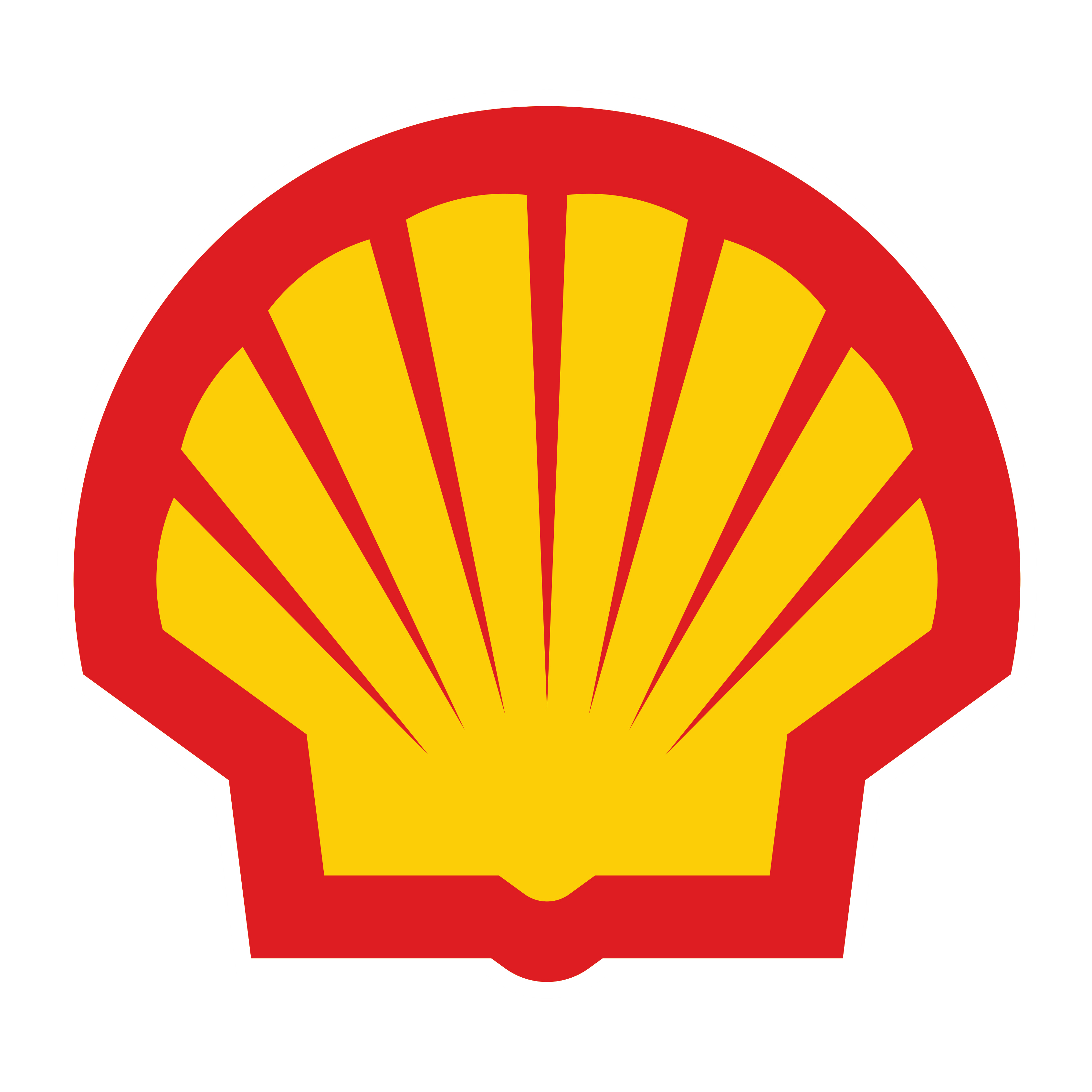Speaker
Description
Surface roughness of pore space of sedimentary rocks plays an essential role in various processes, e.g., enhanced oil recovery from reservoir rocks [1] and microbially-induced calcite crystal growth [2]. Regarding immiscible fluid flow, the surface roughness affects the local contact angle and hence the relative rock surface tendency to one of the fluids [3]. The roughness impact is much more pronounced for low-conductive porous media where the average diameter of capillaries is small compared to the average surface roughness [4]. In this study, we illustrate an approach to measure the pore surface roughness of sandstone rock by employing extremely high-resolution FESEM images. The procedure adopted in this study was to use a search window over the 2D image data to look for the pore pixels and determine several factors, such as channel size and pixels on the perimeter that were in contact with the rock phase. The speed of the moving window approach was enhanced by search optimization approaches such as the genetic algorithm, the Monte Carlo method, artificial immune systems, and the particle swarm method [5]. Three common simplified geometries of the sinusoidal curves and squarish and triangular shapes were utilized to determine local roughness values. The information generated in this study included both the extreme surface roughness values and the local pore sizes. Eventually, to unify all these data, we used a neural network to predict surface roughness with respect to microchannel (pore) diameters. The results showed that methods with strong local search such as particle swarm optimization were more effective to find microchannels, while techniques like the Monte Carlo method that has no local search potential were more successful in the search for different roughness values. Our novel methodology for determining pore surface roughness can be used to assess the effects of roughness on phenomena such as fluid flow, surface reaction, and deposition/adsorption inside porous materials.
References
[1] N. Kumar and A. Mandal, Wettability alteration of sandstone rock by surfactant stabilized nanoemulsion for enhanced oil recovery—A mechanistic study, Colloids and Surfaces A: Physicochemical and Engineering Aspects 601 (2020) 125043. https://doi.org/10.1016/j.colsurfa.2020.125043.
[2] A. Rajasekar, C.K.S. Moy, S. Wilkinson, and R. Sekar, Microbially induced calcite precipitation performance of multiple landfill indigenous bacteria compared to a commercially available bacteria in porous media, PLOS ONE 16 (2021) e0254676. 10.1371/journal.pone.0254676.
[3] Zhang and S. Sundararajan, Method to Generate Surfaces with Desired Roughness Parameters, Langmuir 23 (2007) 8347-8351. 10.1021/la063346h.
[4] A. AlRatrout, M.J. Blunt, and B. Bijeljic, Wettability in complex porous materials, the mixed-wet state, and its relationship to surface roughness, Proceedings of the National Academy of Sciences 115 (2018) 8901-8906. 10.1073/pnas.1803734115.
[5] B. Zahiri, P.K. Sow, C.H. Kung, and W. Mérida, Understanding the wettability of rough surfaces using simultaneous optical and electrochemical analysis of sessile droplets, Journal of Colloid and Interface Science 501 (2017) 34-44. https://doi.org/10.1016/j.jcis.2017.04.043.
| Participation | In-Person |
|---|---|
| Country | Iran |
| MDPI Energies Student Poster Award | No, do not submit my presenation for the student posters award. |
| Acceptance of the Terms & Conditions | Click here to agree |







